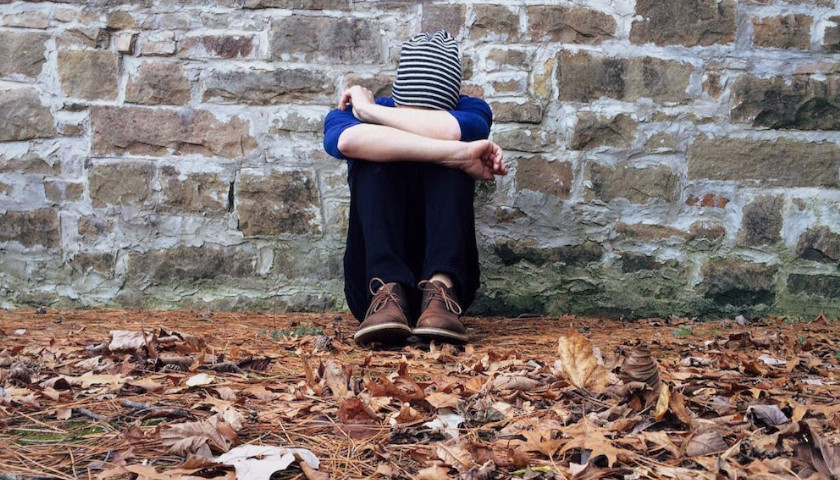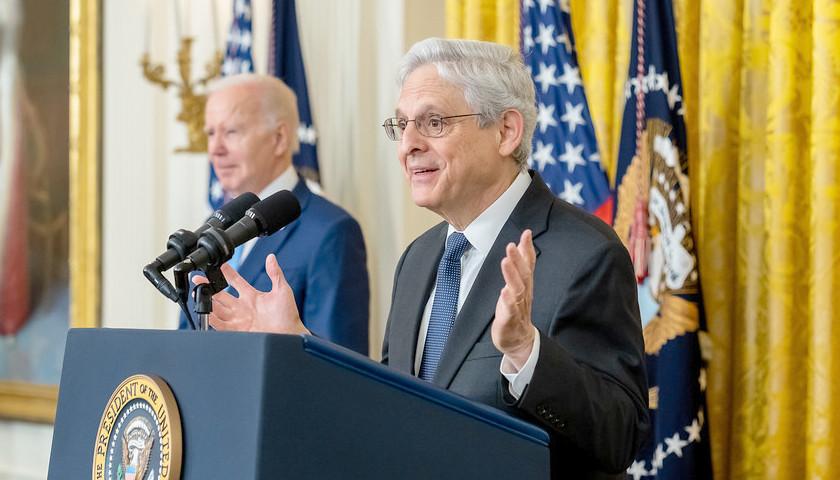by Kerry McDonald
A lot of us likely remember the glee we felt as children at the onset of summer vacation, followed by the anxious anticipation of back-to-school time. For some children and teenagers, the start of a new school year generates intolerable levels of anxiety and depression. For a desperate portion of these young people, suicide seems like the only exit.
A new study, published this month by the National Bureau of Economic Research (NBER), finds a striking correlation between attendance in school and incidences of youth suicides. Analyzing several pre- and post-pandemic data sets, the researchers conclude “that youth suicides are closely tied with in-person school attendance.” According to the paper’s authors, youth suicides fall during the summer months and rise again when school begins. Notably, they found that in areas of the US where school begins in August, youth suicide rates also increase in August, while in areas that begin school in September, the youth suicide rate doesn’t increase until then.
This new study echoes earlier findings from Vanderbilt University researchers who discovered a similar link between school attendance and youth suicidal ideation and attempts. That research, published in the journal Pediatrics in 2018, looked at hospital emergency room and inpatient data between 2008 and 2015. “The lowest frequency of encounters occurred during summer months,” the Vanderbilt authors concluded. “Peaks were highest in fall and spring. October accounted for nearly twice as many encounters as reported in July,” they found.
Interestingly, both the 2018 Vanderbilt researchers and the NBER study authors explain that the seasonal youth suicide pattern is different from that of adults. The NBER researchers did not find the same school-suicide link for young adults ages 19 to 25, while the lead author on the Vanderbilt study told The New York Times that summertime is the peak period for adult suicidal tendencies, but is the lowest period for youth suicidal tendencies.
Youth suicide rates have been climbing over the past decade, leaving parents, educators, and policymakers to propose various remedies. The federal government, for example, recently allocated hundreds of millions of dollars to combat the youth mental health crisis in schools. But what if schools are the major source of the youth mental crisis? The NBER and Vanderbilt findings suggest that the problem may be schooling itself.
Boston College psychology professor, Peter Gray, has long been sounding the alarm on the harms of forced schooling for young people. In his Psychology Today blog, Gray writes: “The increased time, tedium, and stress of schooling is bringing many kids to the breaking point or beyond, and more and more people are becoming aware of that. It can no longer be believed that schooling is a benign experience for children. The evidence that it induces pathology is overwhelming.”
I profiled many of these models in my 2019 Unschooled book, including one self-directed learning center in Massachusetts, Bay State Learning Center, founded by former public school teacher George Popham in 2014 and part of the Liberated Learners microschool network.
“A huge number of the new students who come to us are presenting some kind of anxiety disorder, and we find that almost all of them are significantly improved within weeks of joining the center,” says Popham in Unschooled. “I get calls from therapists asking what we have done! I think the real story is in what we haven’t done. We haven’t made all their choices for them, we haven’t structured all of their available time, and we haven’t coerced them into unnaturally regimented patterns. Everything changes when you take coercion out of the picture. Teenagers are actually quite happy people by nature.”
It’s not just self-directed educational models that can lead to positive transformations in youth mental health. Schooling alternatives of all kinds can spark similar results. On a recent episode of the LiberatED Podcast, former public school teacher, Tekeeta Funchess, explained how her daughter is now completely off of her anxiety medications and no longer needs counseling for anxiety issues since starting at the new Mississippi microschool that Funchess cofounded in August.
Fortunately, more parents and educators are now refusing to settle for the schooling status quo for a wide variety of reasons, including its potential role in the youth mental crisis. Parents are increasingly seeking alternatives to school, such as microschools, homeschool collaboratives, learning pods, and other learner-centered K-12 learning models, and entrepreneurial educators are responding to this demand by launching more of these models.
Finding and building more K-12 schooling alternatives can help more suffering young people to make a healthy exit from school and begin to live and learn more joyfully.
– – –
Kerry McDonald is a Senior Education Fellow at FEE and host of the weekly LiberatED podcast. She is also the author of Unschooled: Raising Curious, Well-Educated Children Outside the Conventional Classroom (Chicago Review Press, 2019), an adjunct scholar at the Cato Institute, education policy fellow at State Policy Network, and a regular Forbes contributor. Kerry has a B.A. in economics from Bowdoin College and an M.Ed. in education policy from Harvard University. She lives in Cambridge, Massachusetts with her husband and four children.





